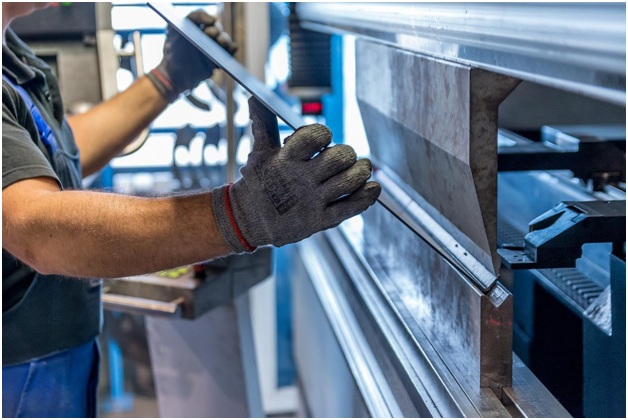Change is permeating throughout the manufacturing industry at a breakneck speed. In the wake of this disruption, it’s no longer about just getting by and keeping your head above the water. Manufacturers that survive and thrive are those that are the fastest, fittest, most agile and most flexible.
It’s those that can recognize the subtle shifts in the direction the market is moving and make the necessary changes to their operations in order to align with these changes. The following are some of the key trends that will define manufacturing between 2018 and 2020.
1. Improvements in Manufacturing Software Usability
For too long, developers of manufacturing software have focused on functionality. While this is after all the core purpose of the software, there’s a growing realization among developers that just because the application works as required does not mean it’s usable.
There’s increasing focus on user interface design in recognition that the end user experience plays a part in determining what software a manufacturer will eventually settle for. A bland, difficult-to-navigate interface will no longer be the norm.
2. Demand for Data Analysts
As the world moves into the Internet of Things where billions of smart devices at home and in the workplace can capture, share and relay information, the volume of data that manufacturers depend on to make key decisions will only continue to grow. Such vast data can no longer be extracted, analyzed and interpreted using simple tools and techniques.
Manufacturers are thus looking at hiring data scientists who have a working knowledge of the manufacturing industry. Businesses that can quickly break down and understand the data from factory equipment and end products will have an edge.
3. Rise in Robotics
Robots aren’t really new in the manufacturing industry. They’ve been in use in various industries for decades now. The next few years will however only see them gain greater prominence on factory floors.
An ever higher number of manufacturers will assign a larger share of their manual, repetitive tasks to robots and focus production and engineering employees on more cognitive, unpredictable roles. Robots will help reduce errors, slash production costs and streamline the manufacturing process.
4. Faster Prototyping
One of the biggest worries every business faces when developing a new product is the possibility of rejection by consumers. After spending time, money and manhours building what looks like an excellent product, it can all go up in smoke if the target market doesn’t recognize its value.
Prototyping has always been a great way to get a real feel of the market before going full throttle into production. Expect 3D printing, cnc machine programming and other technologies to revolutionize how fast manufacturers build prototypes.
5. Smart Factories
Smart factories will win more converts in the coming years driven by the need to improve process and product quality while raising compliance with relevant laws and regulations.
The average factory comprises multiple moving parts and intertwined processes. The failure of a single process can have a debilitating impact on the bottom line. Smart factories leverage data to ensure better efficiency and risk management while reducing downtime.
6. Focus on Global Supply Chain Risk
Gone are the days when manufacturing was a one-facility operation. In that era, all the raw materials for the product would be shipped to one location. All processes took place under one roof. Manufacturing is a lot more complicated nowadays with dependencies that span continents.
Not only are many raw materials sourced from a different country but some components of the final product are made elsewhere. A good example is automobile manufacturing. Businesses will do more to mitigate global supply chain risk by creating robust fallback plans in the event of disruption due to wars, political tensions, labor disputes, trade disputes and natural disasters.
7. Direct-to-Consumer Sales
Traditionally, most manufacturers had little to no direct interaction with the consumers of their products. That has been changing and will continue to do so. A key driver of this trend has been the internet and especially social media.
Think about any major manufacturer in the world and you’ll find they have an active social media page with thousands or millions of followers. They now communicate with customers directly and can quickly respond to emerging problems. The next natural step from this interaction will be even higher direct-to-consumer sales.
The top trends driving manufacturing are only going to accelerate through 2020 as customers, shareholders, business leaders and suppliers force greater scale, speed and agility into all aspects of the product’s lifecycle.
